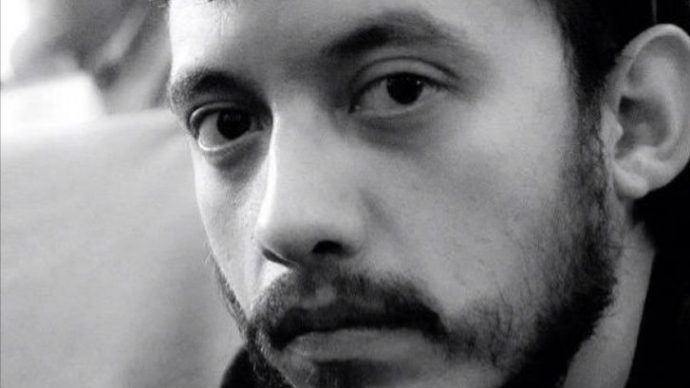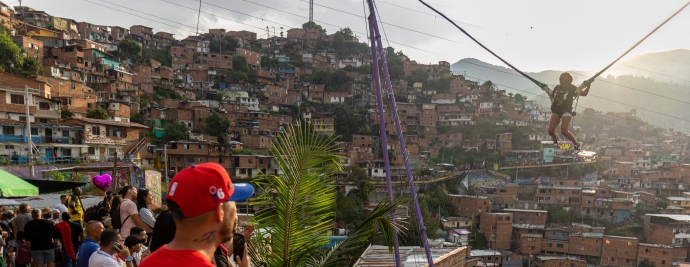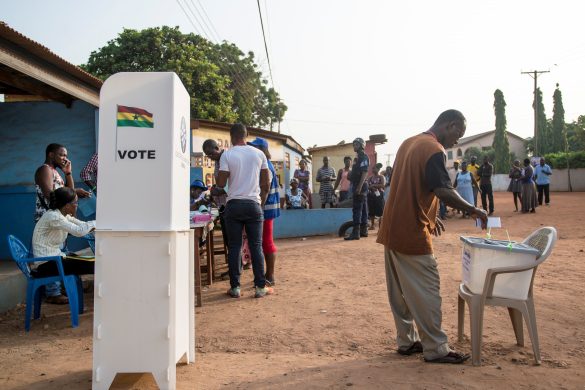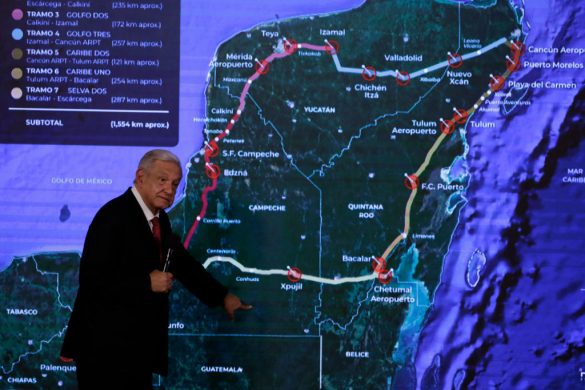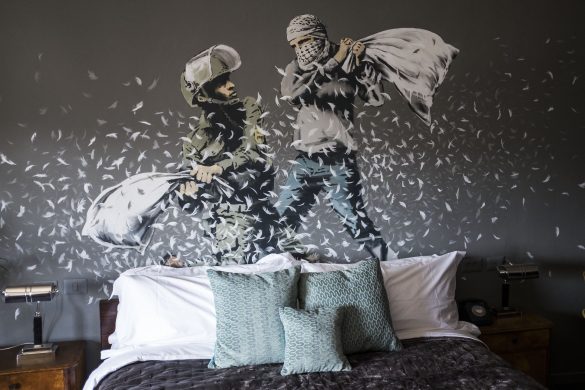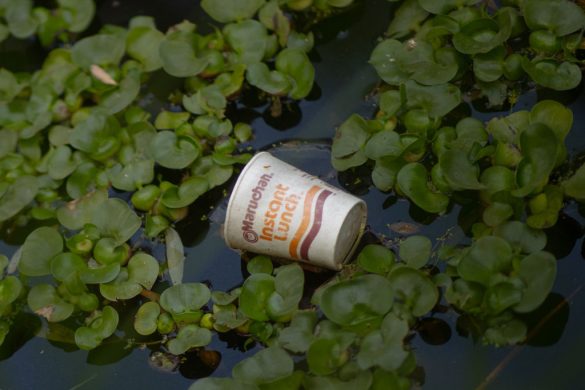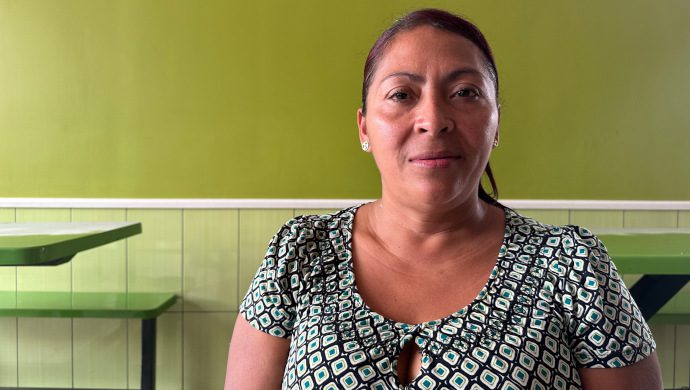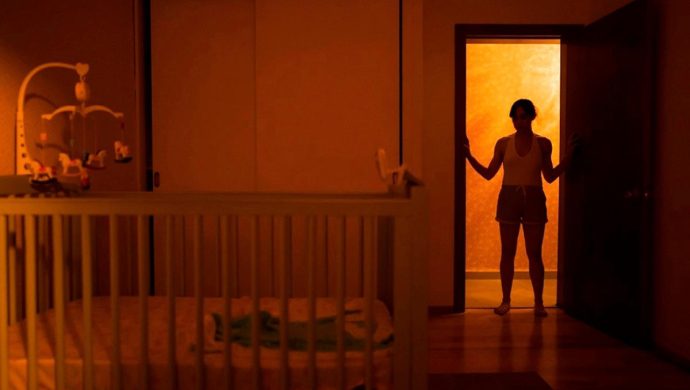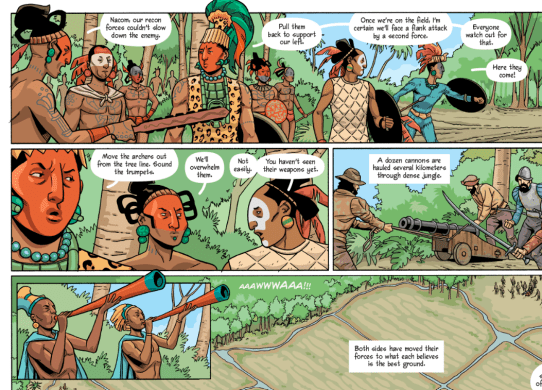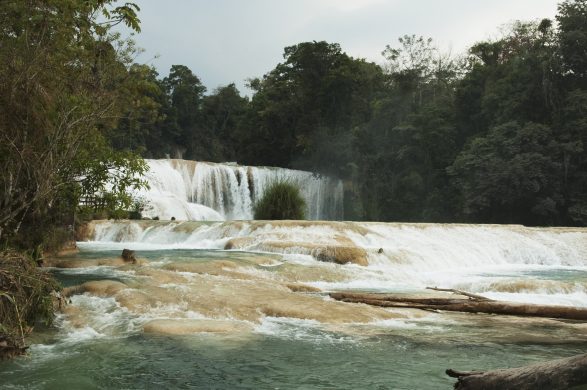Mediefaget kan være dødbringende i verdens farligste lande, såsom Mexico, Honduras, Irak, Syrien, Sydsudan og andre hotspots.
Det vidner de seneste dødstal om fra FNs Organisation for Uddannelse, Videnskab og Kultur (UNESCO).
Blandt de 54 foreløbigt dræbte mediefolk i år er otte medarbejdere fra det franske satiriske magasin Charlie Hebdo, der blev terrormyrdet først på året i Paris.
Se listen over de myrdede indtil nu i 2015 på
http://www.unesco.org/new/index.php?id=125236
I 2014 var der 86 dræbte, mens tallet lå på 90 i 2013.
Måske er et nyt dystert “rædselsår” a la 2012 i vente. Her blev 122 mediefolk slået ihjel.
Hård fordømmelse fra UNESCO
FNs Nyhedstjeneste skriver, at chefen for UNESCO, der bl.a. skal fremme pressefriheden, fordømmer drabet på Espinosa.
“Such attempts to stifle press freedom must be firmly and thoroughly investigated with the perpetrators brought to justice and punished,” Irina Bokova, Director-General of the UNESCO, said.
“We must stand clearly alongside those courageous journalists who are working to keep citizens informed,” she added.
Mr. Espinosa worked for the news agencies AVC Noticias and Cuartoscuro, as well as for the investigative magazine Proceso in the south-eastern state of Veracruz, where he covered local politics and often spoke out against the harassment of fellow journalists.
Dødens sted for journalister: Veracruz
He had recently left Veracruz for Mexico City because of safety fears, writes BBC online.
Veracruz is the most dangerous place to be a journalist in Mexico, which itself is deemed one of the most dangerous countries for journalists.
Nationwide, 88 journalists have been murdered since 2000, according to free speech organisation Article 19.
Fourteen journalists from Veracruz state alone have died since current governor Javier Duarte took office in 2010. That makes Veracruz the most lethal state for journalists out of Mexico’s 31 states and its federal district.
Udsat for tortur
Mexican journalists say they are being silenced by threats and intimidation
But friends and relatives of Mr Espinosa think he was deliberately targeted, pointing to the execution-style nature of the killing.
He was shot in the head and Mr Espinosa’s body showed signs of torture.
The fact that Mr Espinosa was killed in Mexico City after having fled Veracruz, where he had received death threats, is seen by many as a dark development.
Mexico City had for several years been seen as a safe haven, a bubble for journalists. But that bubble has now burst, BBC notes.
Espinosa, 31, had told friends that he thought he was being followed in Mexico City. He had described two separate incidents where he was approached by strangers who asked if he was the photographer who had fled Veracruz.
As a security measure, Espinosa maintained regular contact with friends and family via text messages so that they knew he was OK.
Statements issued by the Director-General on the killing of media workers are posted on a dedicated webpage, where UNESCO condemns the killing of journalists.

